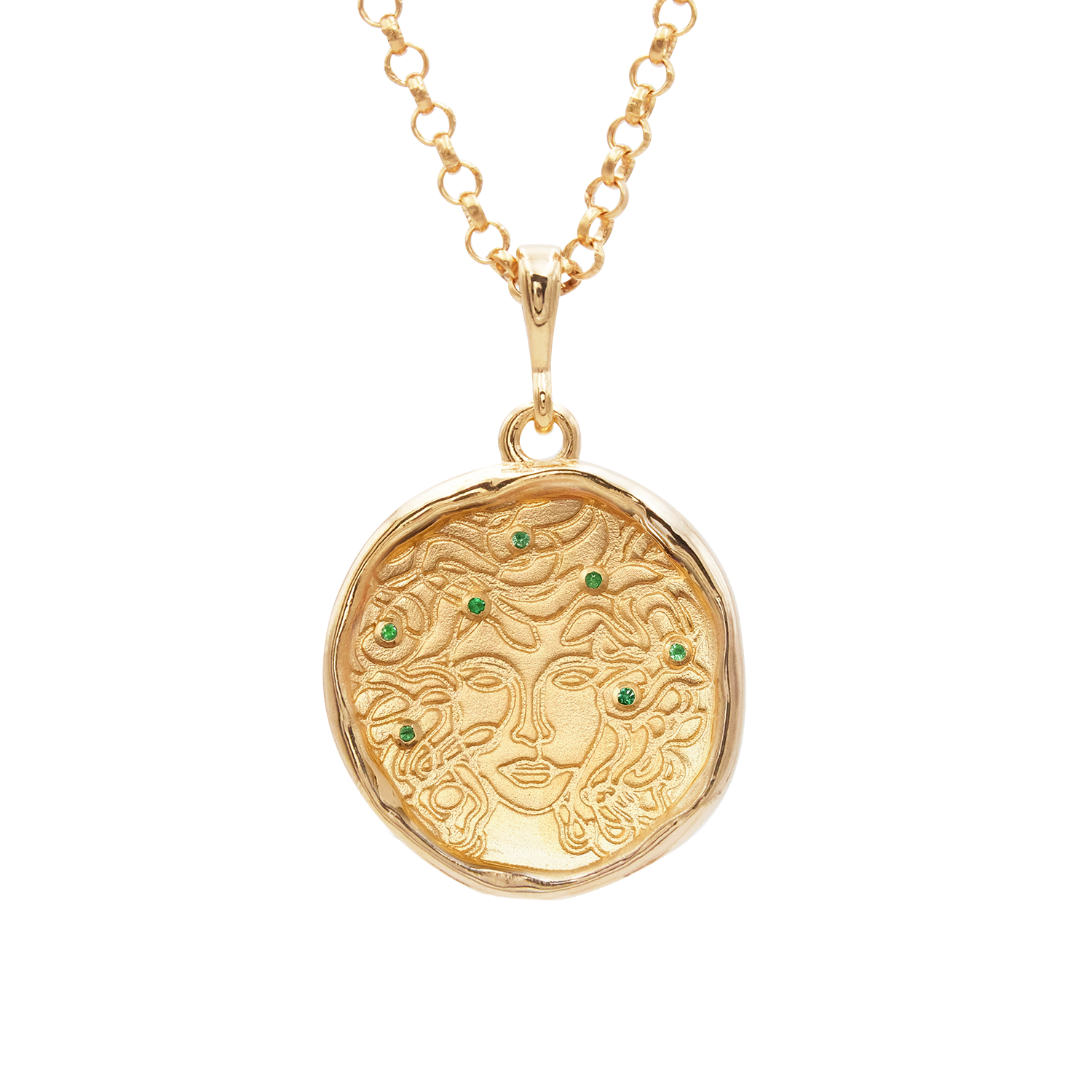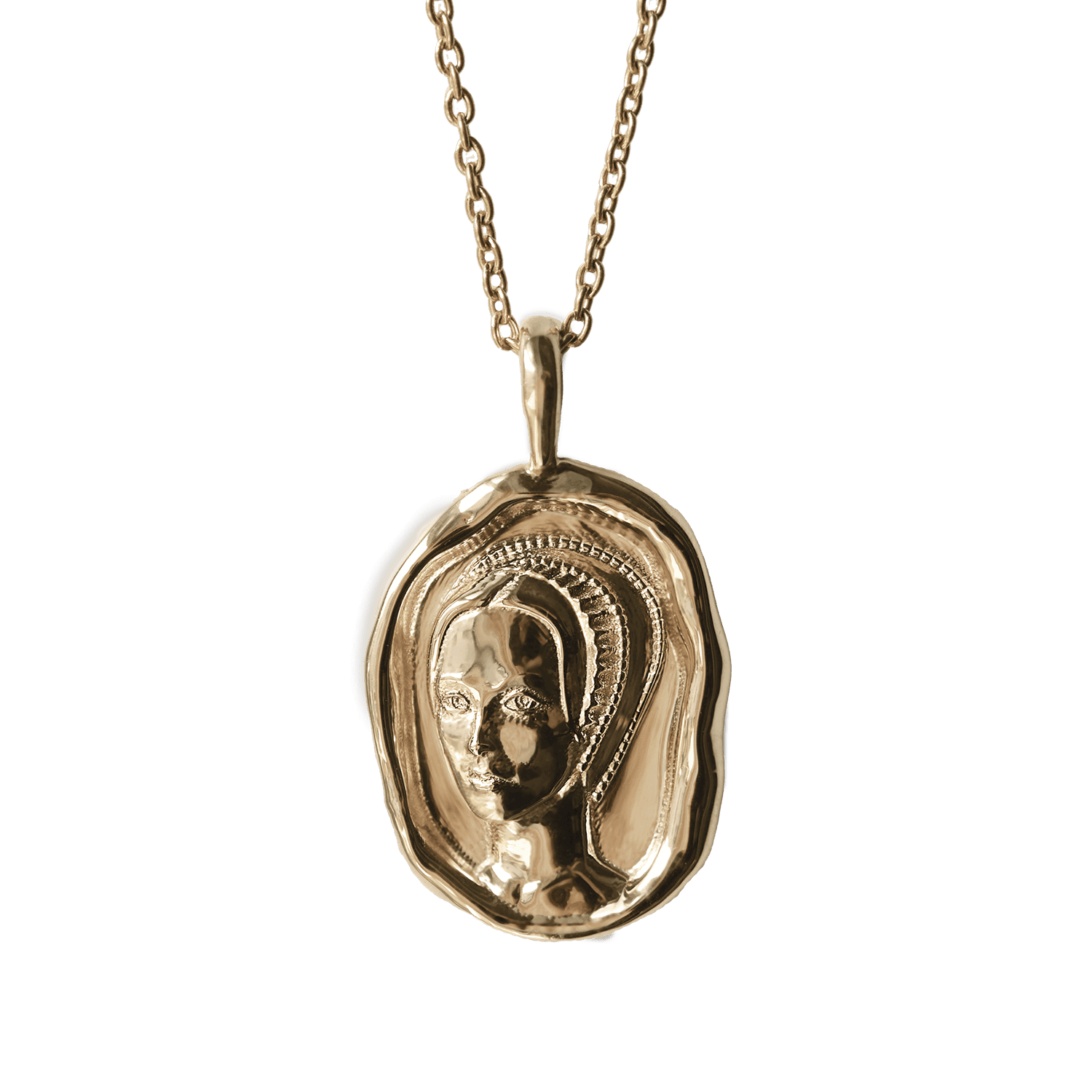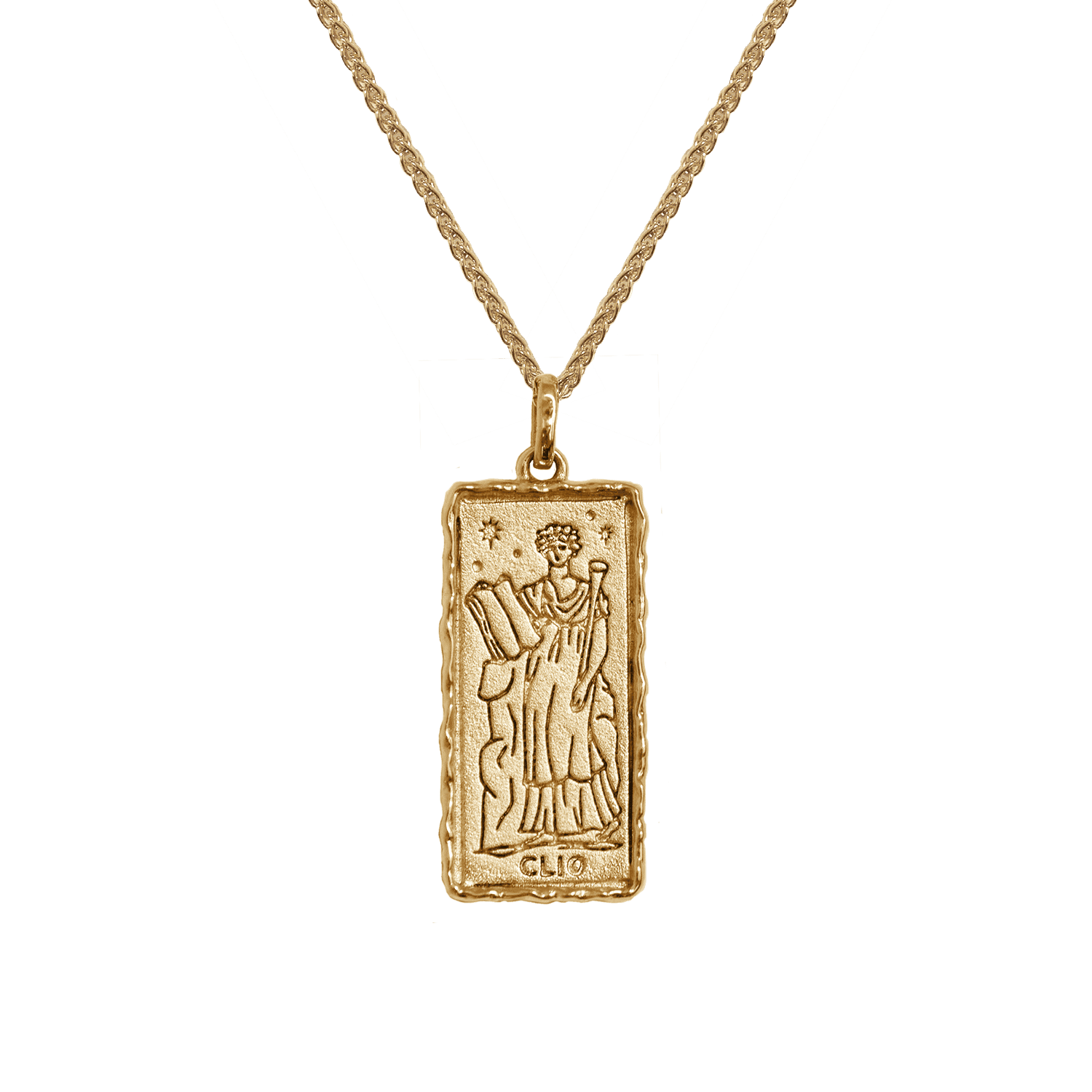'In the Homeric Hymn to Demeter (lines 208-210), for example, Demeter orders Meta- neira to mix barley and water with pennyroyal. Metaneira makes the potion (kykeon) and offers it to Demeter to drink. In the Eleusinian Mysteries of Ancient Greece, which were initiation ceremonies to honor Demeter and Persephone, initiates drank kykeon following a day of ritual fasting and prior to the climactic ceremony in the Telesterion. The significance of kykeon has been the subject of extensive scholarly interpretation, with pennyroyal's properties as an anti-fertility agent adding complexity to the interpretation.'
- Sara E. Nelson, 2009, Persephone's Seeds: Abortifacients and Contraceptives in Ancient Greek Medicine and Their Recent Scientific Appraisal, Pharmacy in History, Vol. 51, No. 2, pp. 57-69 (13 pages)
The ancient medical community, as one might expect, knew of abortion as a common medical procedure, and nearly everyone was well-acquainted with not only the subject, but the processes. The controversy about the subject that we think of today is a more contemporary idea, though not unheard of.
Rome, under Augustus, was looking to spread and colonize, and abortion was seen as an attack on the future of the state, whether or not it was truly demographically significant. Under Severus and Caracalla, abortion was criminalized, but we understand that to mean only abortion without the consent of the father – that is, it was criminal for women to have an abortion unless a man was agreeing that she should. In the ancient texts are echoes of a general female awareness that abortion could be viewed by suspicious men as a rebellion against male authority.
The Greek colony Cyrene in north Africa built an entire economy around the herb silphium, which was used for a myriad of things, most chiefly as a form of birth control and as an abortifacient. The herb, which was printed on Cyrenean coins, was so commonly used and so ingrained in the day-to-day life of these ancient societies that the Egyptians and Minoans had a specific glyph to represent it in writing.
Silphium was sung about in poems and called “worth its weight in denarii [coin].” It was either plucked to extinction due to widespread use, or the growth of the sensitive plant was hindered by desertification of the soil and climate. It was said to have had a long, hollow stalk, golden leaves, and thick, dark roots.
Herbal abortion is mentioned in nearly every ancient medical text. Not just for scholars, physicians, and midwives, the knowledge and access to abortifacient herbs was common and widespread until very recent history.
With this knowledge of herbal use was also the danger of using abortifacients. As with any medicine, too little can be useless and too much can be dangerous. Vomiting, internal bleeding, liver or kidney failure, and even death were not so uncommon that they could be written off. Women receiving abortions have always been better off under the care of a medical professional, as they are today – as history proves, abortion is necessary healthcare, and without access to proper medical care and guidance, women will suffer.
















